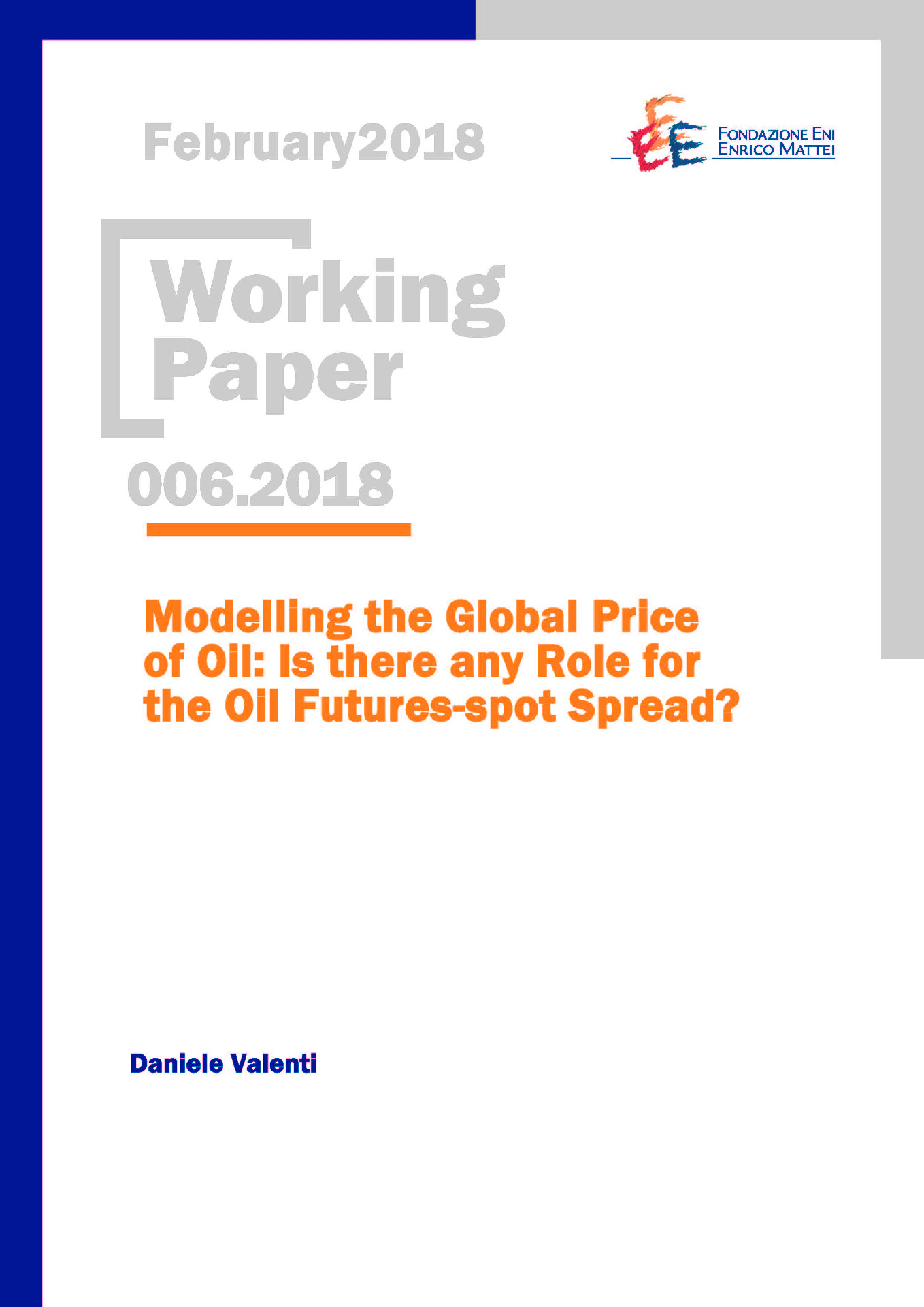Modelling the Global Price of Oil: Is there any Role for the Oil Futures-spot Spread?

15.02.2018
Daniele Valenti (University of Milan – Department of Economics, Management and Quantitative Methods)
Q40 ,Q41, Q43, E32
Global Market for Crude Oil, Bayesian SVAR Model, Oil Futures-spot Spread, Oil Price Speculation
Economic Theory and Applications
Matteo Manera
In this work, we propose an analysis of the global market for crude oil based on a revised version of the Structural Vector Autoregressive (SVAR) model introduced by Kilian and Murphy (2014). On this respect, we replace the global proxy for above-ground crude oil inventories with the oil futures-spot spread. The latter is defined as the percent deviation of the oil futures price from the spot price of oil and it represents a measure of the convenience yield but expressed with an opposite sign. The following model provides an economic interpretation of the residual structural shock, namely the financial market shock. This new shock is designed to capture an unanticipated change in the benefit of holding crude oil inventories that is driven by financial incentives. We find evidence that financial market shocks have played an important role in explaining the rises in the price of oil during the period 2003-2008.
***
Suggested citation: Valenti, D. (2018), ‘Modelling the Global Price of Oil: Is there any Role for the Oil Futures-spot Spread?’, Nota di Lavoro 6.2018, Milano, Italy: Fondazione Eni Enrico Mattei
